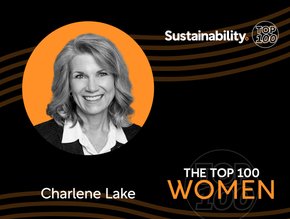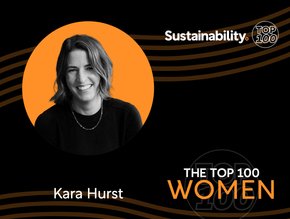Fundamentals: power system technology for sustainable energy

Energy management technology has come a long way over recent years and Fundamentals has played a significant role in supporting energy applications in the UK and in Australia. The company is well-equipped to manage energy solutions, including its Automatic Voltage Control products and its expertise in tapchangers and fault management.
The development of low carbon energy solutions is crucial for sustainability across the globe, but how likely is it that the industry will provide sufficient impact in the wake of concrete climate change targets, as a result of the COP26 Climate Conference. Jon Hiscock, Chief Executive Officer of Fundamentals, discusses some of the complexities of energy transformation and the importance of new technologies in the sector.
Fundamentals works across the UK and Australia. What are the differences in regards to energy between both countries?
“I'd prefer to focus on the similarities because they’re really the reasons why we set up there in the first place. Number one is that the Australian grid is largely a GB design. The GB grid was largely built in the fifties and sixties and the Australian grid not long after, both with GB manufactured equipment. That’s what is keeping the lights on today. “
“The challenge Australia faces incorporating or integrating huge amounts of renewable energy is a similar one to what we're facing in the UK and, therefore, would require a lot of the solutions we're actually looking at and have deployed in the UK. So although Australia is about as far away as you can get from the UK, it's our first flag in the ground in terms of internationalisation.
“I'd say their reliance on ‘dirty’ coal is obviously quite well-known and I think their huge capacity for solar energy presents a massive opportunity, but also a challenge. How on earth do you connect that much to the grid? So those all mixed in together are the reason why we went there first.”
You've been working at Fundamentals since 2004. What is it that has kept you there?
“I joined as employee number four and the attraction was really technology. I'm technically trained, and there was a feeling that there was a huge opportunity gathering pace at that time with the onset of renewables. So, fast forward to today, 89 employees, an ambitious growth plan, 3 locations in the UK and a couple in Australia. We pride ourselves on our expertise and the niche part we play in the industry, but equally how large a part that has to play in the future energy grid.”
Is electricity the only technology that can deliver a truly sustainable future?
“In short, there are lots of things in the mix, but ultimately, in order to deliver energy to the population, electricity is the best way of doing it, regardless of where the energy is coming from. One of the holy grails is obviously nuclear fusion, but that's quite a few decades off. But, it's probably not well known that the electricity grid across the world is the most complex man-made machine. It was built in the fifties and sixties, so almost 70 years ago. The easiest solution really is to scrap it and start again to be able to accommodate all the things we're going to need, but that's not very practical or financially sound. Therefore, we need to work with the assets that we've got. What’s great is that for such an old machine it can accommodate most of the things we all need to accommodate energy-wise to deliver net-zero.”
What are your thoughts on the impact of COVID economic stimulus packages?
” There was a whole range of things put in place pretty quickly for different sized companies and industries, which was good. I also think it was handled very well and I would say, it's an example of how one has to react to a crisis. It's been hard for all businesses, some more so than others, but I think there was a good range put in place to support right across the economy.”
How will technology play a part?
“There is a range of solutions out there and this is where technology starts playing a part, such as artificial intelligence and machine learning algorithms to better monitor and control power flows. The electricity grid was designed with large power stations at the ‘top’ of the network from which power would flow ‘down’ through the network to consumers. Today, that's completely changed with power flowing in both directions and less predictability. So clever solutions are needed and that's where artificial intelligence will definitely play a part alongside technologies around battery storage, new heating systems and electric vehicles.
For more sustainability insights, check out the latest issue of Sustainability Magazine.






